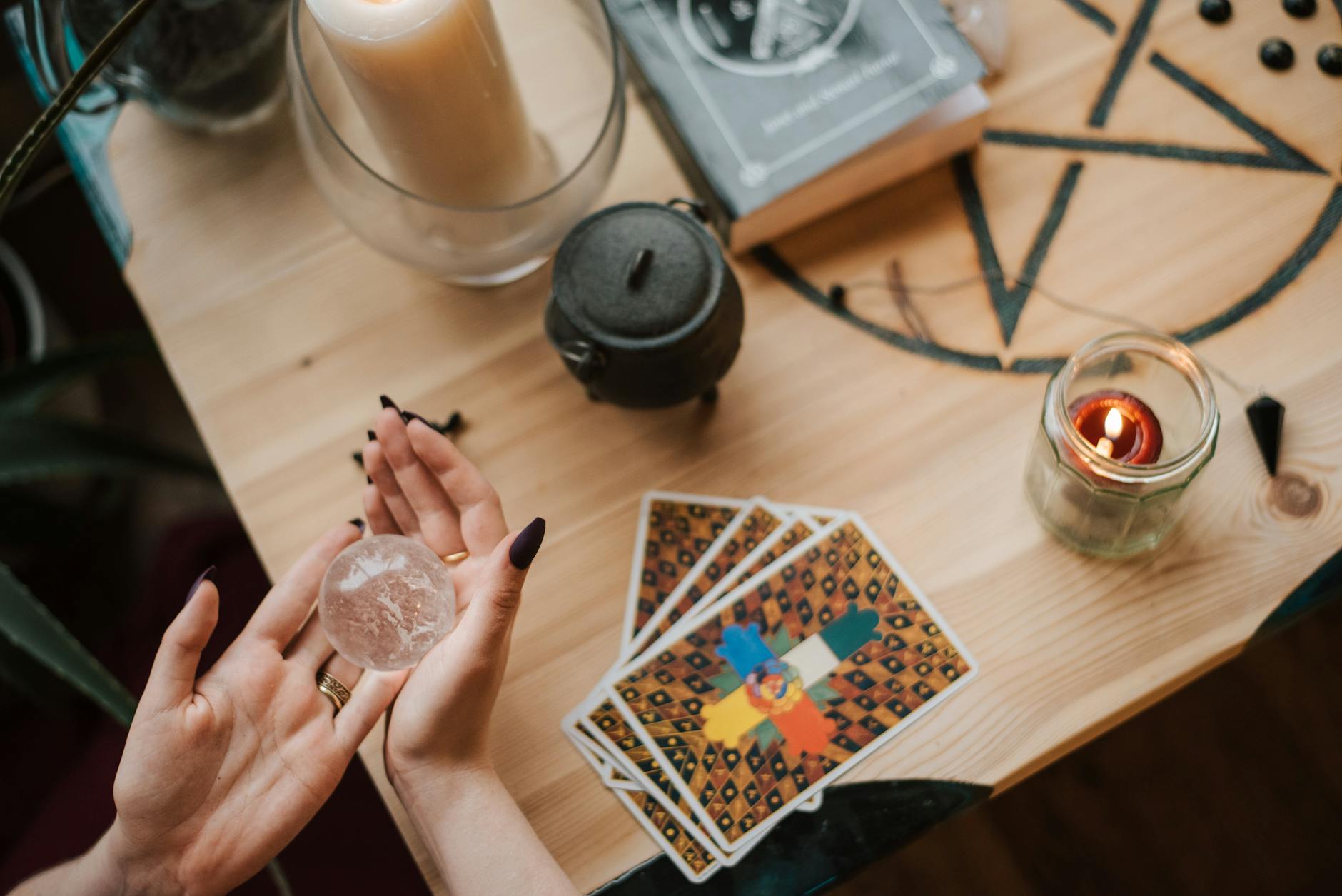A Beginner's Guide to Understanding and Enjoying Caviar
Introduction
Caviar! It's fancy fish eggs that rich people love. But don't worry, anyone can learn to like it. We'll talk about caviar's history, types, and how to eat it right. Let's learn about this yummy treat!
What Exactly is Caviar?
Caviar is fish eggs from sturgeon. These tiny eggs are salty and come from different sturgeon types. Each kind tastes a bit different.
Fun Fact: Only sturgeon eggs are real caviar. Other fish eggs are tasty too, but they're not caviar.
A Brief History of Caviar
People have eaten caviar for a long time. The word "caviar" might come from a Persian word for eggs.
- Old Romans thought caviar could heal you
- Russian kings really liked caviar
- America used to sell lots of caviar
Now, many countries make caviar. People try to make it without hurting wild fish.
Types of Caviar
Here are some popular caviar types:
-
Beluga Caviar: It's the best kind. The eggs are big and taste buttery.
-
Osetra Caviar: It's nutty and firm. Caviar fans love it.
-
Sevruga Caviar: Small eggs with a strong, salty taste.
-
Kaluga Caviar: It's like Beluga but better for the environment.
-
American Caviar: It's from U.S. fish and costs less than other types.
How to Taste Caviar Like a Pro
Want to eat caviar the right way? Here's how:
-
Keep it cool: Serve caviar cold, but not frozen. Take it out of the fridge 15 minutes before eating.
-
Use special spoons: Don't use metal spoons. They make the caviar taste weird. Use spoons made of shell, bone, or plastic.
-
Start small: Try a little bit first. Half a teaspoon is good.
-
Use your eyes and nose: Look at the color and smell the caviar before you eat it.
-
Let it pop: Put the caviar on your tongue and press it against the roof of your mouth. The eggs will pop and release flavor.
-
Think about the taste: Notice how the flavor changes in your mouth.
Poll: Have you ever tried caviar before?
- Yes, I love it!
- Yes, but it wasn't for me
- No, but I'd like to try it
- No, and I'm not interested
Pairing Caviar: What to Serve With Your Gourmet Treat
Caviar is good by itself, but you can eat it with other things too:
- Blini: Little pancakes from Russia that go well with caviar.
- Crème fraîche: A tangy cream that tastes good with caviar.
- Chopped eggs: Cut up hard-boiled eggs to eat with caviar.
- Toast points: Small pieces of toasted bread are good with caviar.
- Champagne or vodka: Bubbly champagne or cold vodka taste nice with caviar.
Remember, don't use foods that are too strong. You want to taste the caviar.
Storing Caviar: Keeping Your Luxury Fresh
If you have leftover caviar, here's how to keep it good:
- Keep it cold: Put it in the coldest part of your fridge.
- Close it tight: Use a container that seals well.
- Eat it soon: Try to eat it within 2-3 days of opening.
Sustainable Caviar: A Growing Concern
There aren't as many wild sturgeon as there used to be. Now, people try to make caviar without hurting wild fish. They raise sturgeon on fish farms instead.
When you buy caviar, look for labels that say it's good for the environment. Organizations like MSC or ASC give these labels.
Conclusion: Your Caviar Journey Begins
Now you know about caviar! Remember, it's okay to like what you like. Start with a little bit and try different kinds. Make up your own mind about what's good.
Caviar is a special treat. Whether it's for a party or just for fun, enjoy your caviar adventure!
Question for you: What type of caviar do you want to try first?

